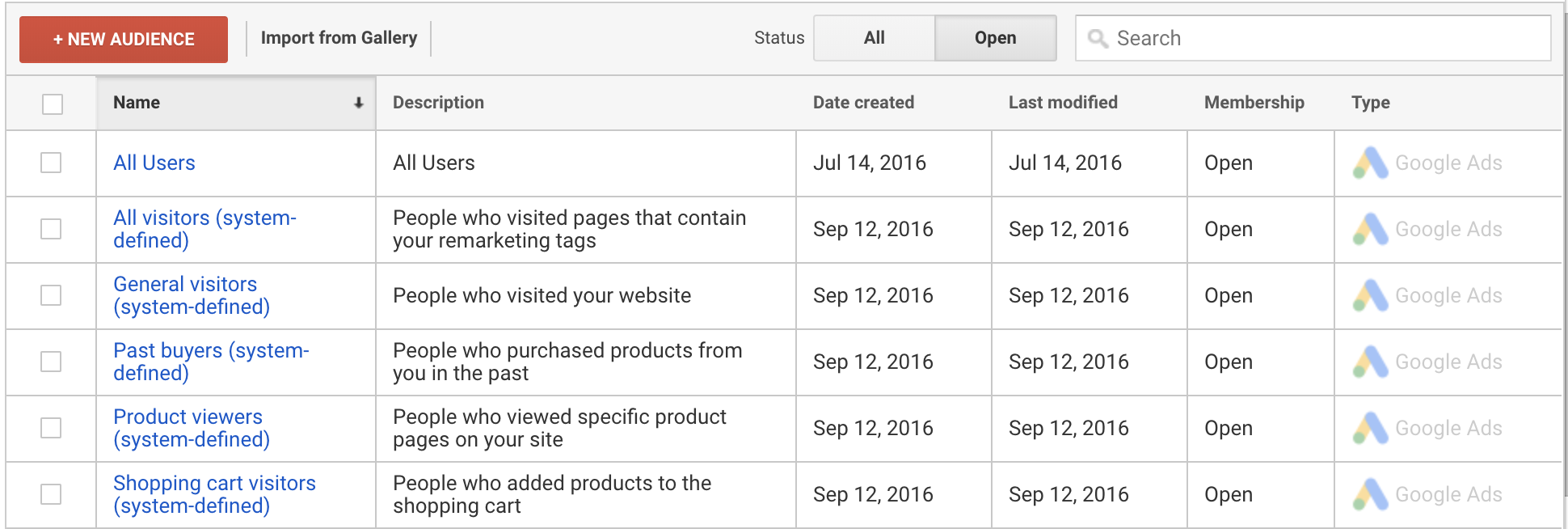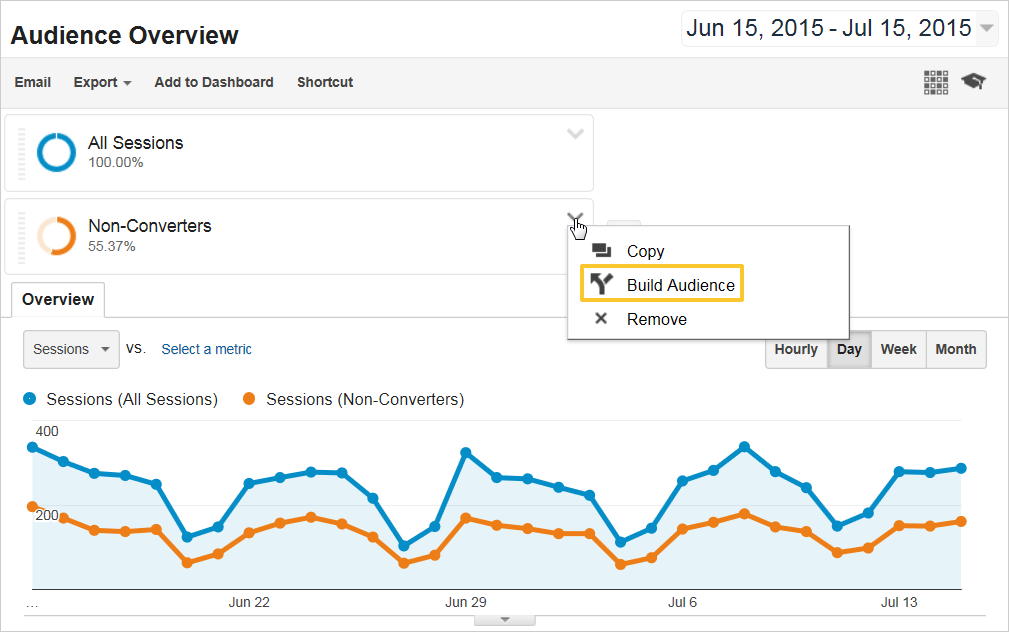Optimize Your ROI With Remarketing in Google Analytics
By taking advantage of the power of user information and tailoring advertisements to specific target market sectors, companies can substantially enhance their conversion rates. The journey to making best use of ROI through remarketing is a nuanced path led with understandings and possibilities that can improve the trajectory of your advertising and marketing undertakings.
Understanding Remarketing in Google Analytics
Recognizing remarketing in Google Analytics is crucial for maximizing your electronic advertising and marketing strategy. Remarketing permits you to target customers that have actually formerly visited your web site or interacted with your app, presenting them with tailored advertisements as they surf various other sites or utilize various other apps within the Google Display Network. This method aids keep your brand top of mind and encourages users to return to your site, eventually increasing the probability of conversion.
By using Google Analytics, you can track the performance of your remarketing campaigns, acquiring useful insights right into customer behavior, interaction, and conversions. This information allows you to improve your targeting, messaging, and bidding process approaches to boost the overall effectiveness of your projects.
Additionally, understanding the various kinds of remarketing listings readily available in Google Analytics, such as typical, vibrant, and similar target markets, allows you to produce personalized and extremely fractional projects customized to specific user segments. This level of granularity can significantly boost the relevance and impact of your remarketing initiatives, eventually maximizing your roi.
Setting Up Remarketing Checklists
To successfully implement remarketing campaigns in Google Analytics, the initial step includes producing and configuring remarketing lists targeting specific user sections based on their interactions with your website or app. By establishing up remarketing lists, you can customize your advertising and marketing efforts to reach individuals that have actually currently shown interest in your solutions or items.
To start, browse to the Admin section of your Google Analytics account and choose the Home where you intend to create the remarketing list. After that, under the Residential property column, click 'Audience Definitions' and choose 'Audiences.' Next, click the red 'New Target market' switch and choose 'Create New' to specify the parameters for your remarketing list.

Crafting Effective Remarketing Ads

When crafting your advertisements, concentrate on creating attention-grabbing headings and compelling visuals that stand out to prospective consumers. Integrate solid calls-to-action that encourage individuals to review your site and complete a desired action. Use dynamic remarketing to show personalized ads featuring service or products that individuals have actually previously viewed on your site.
In addition, make sure that your ads are mobile-friendly considering that a significant portion of net web traffic originates from mobile tools. Test various advertisement variations to identify which designs and messages drive the ideal results. By continuously refining and optimizing your remarketing ads based upon performance data, you can optimize their performance and boost your roi.
Studying Remarketing Efficiency

Via Google Analytics, marketers can track the efficiency of their remarketing projects in real-time, allowing them to determine fads, patterns, and locations for renovation quickly. By examining the data, marketing professionals can determine which advertisements are executing well, which audience sections are reacting favorably, and which networks are driving one of the most conversions. This level of granularity enables marketing professionals to make data-driven choices to maximize their remarketing advocate far better outcomes.
Enhancing ROI With Remarketing
Assessing remarketing information in Google Analytics makes it possible for marketing professionals to pinpoint possibilities for optimizing return on investment (ROI) via strategic modifications - What Is “Remarketing” In Google Analytics?. To maximize ROI with remarketing, it is vital to understand the behavior of your target market. By examining user interactions, such as the web pages they visited, the items they watched, or the actions they tackled your website, you can customize your remarketing campaigns a lot more properly
Segmenting your audience based on their behavior enables you to produce customized and targeted ads that are most likely to reverberate with them. By showing relevant advertisements to specific sectors of your audience, you can raise directory the opportunities of conversion and eventually enhance your ROI.
Moreover, evaluating various advertisement creatives, messaging, and offers can help identify what reverberates best with your target market. A/B screening allows you to experiment with various elements of your ads to determine what drives the greatest involvement and conversion prices.
Final Thought
Finally, maximizing ROI with remarketing in Google Analytics needs a calculated strategy to analyzing individual actions, segmenting audiences, creating customized advertisements, and enhancing campaign efficiency. By leveraging data-driven insights and checking various strategies, services can link enhance their remarketing initiatives to drive higher involvement and conversion prices. This methodical technique guarantees that sources are successfully allocated towards taking full advantage of returns on investment in remarketing projects.
Next off, click on the red 'New Audience' button and choose 'Produce New' to specify the specifications for your remarketing listing.
By continually refining and optimizing your remarketing advertisements based on efficiency information, you can optimize their performance and enhance your return on financial investment.
By diving into these insights, marketing experts can acquire a comprehensive understanding of just how their remarketing initiatives are reverberating with their target audience and driving conversions. To take full advantage of ROI with remarketing, it is important to understand the actions of your audience.In verdict, making best use of ROI with remarketing in Google Analytics needs a tactical method to examining individual behavior, segmenting audiences, developing customized ads, and optimizing campaign efficiency.